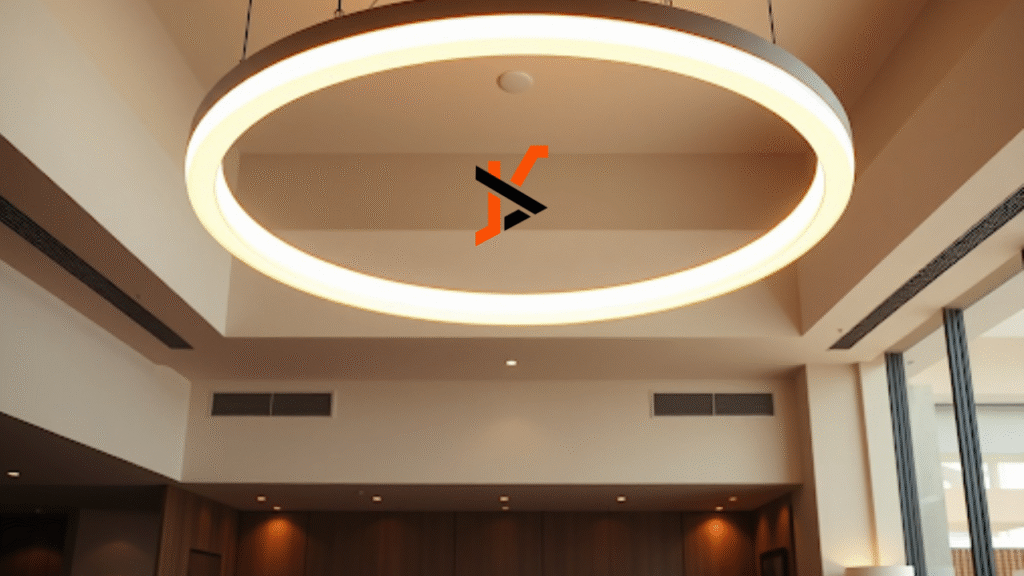Lighting shapes the way we experience spaces, influencing both mood and functionality. While its primary role is to illuminate, design-led lighting goes further, acting as a key part of a room’s architecture and aesthetic. Circular fixtures, in particular, have gained popularity for their ability to soften lines, create focal points, and distribute light evenly.
Designers often turn to statement pieces such as Halo lighting when they want to blend visual interest with functional performance. These lighting fixtures produce a unique radiance, highlighting the area beneath and infusing the space with both warmth and dimension. Their circular form brings balance, complementing both minimalist interiors and more decorative styles.
Why Shape Matters in Lighting Design
The geometry of a light fixture influences how it interacts with its surroundings. Round designs naturally soften sharp corners and introduce a sense of flow, making them an excellent choice for breaking up rigid architectural lines. They also distribute light in a way that feels more natural and organic, creating a welcoming atmosphere.
Circular lighting can be used to create a sense of unity across different areas of a room. For example, placing multiple halo-style pendants at equal distances in an open-plan space can tie separate zones together while maintaining their individual functions. This works particularly well in spaces where lighting is used to subtly define dining, living, or working areas without physical barriers.
Creating Ambience Through Diffusion
The way light is diffused plays a significant role in setting the mood. Fixtures with a halo-style design often feature materials and structures that soften brightness, creating a gentle glow rather than a harsh beam. This diffused effect reduces glare, making the space more comfortable and visually appealing.
Layering lighting is another powerful technique. A halo fixture can serve as the ambient layer, while smaller spotlights or wall sconces provide task or accent lighting. This multi-layered approach adds versatility, allowing the room to shift between functional and atmospheric lighting with ease.
Balancing Functionality with Style
Lighting must work as well as it looks. The right fixture should enhance the usability of a space without compromising its visual harmony. Halo-style lights excel here because they often provide even coverage, making them ideal for central positions over dining tables, meeting spaces, or kitchen islands.
They can also be integrated into a broader lighting plan to support specific tasks. For example, combining a circular pendant with adjustable downlights can create a setup that is both practical for working and appealing for entertaining. This adaptability is key in spaces where activities vary throughout the day.
Positioning for Maximum Impact
Where a light fixture is positioned influences not only how well a space is lit but also the mood and visual impact it conveys. Hanging a halo fixture at the right height ensures that it frames the area below without obstructing views or overpowering other design elements. For larger rooms, grouping multiple fixtures can create a dramatic effect, especially when they are aligned to echo the architecture of the space.
In smaller rooms, a single well-chosen halo light can serve as a statement piece, providing both illumination and a focal point. Pairing it with complementary materials—such as wood, brushed metal, or frosted glass—can enhance the fixture’s impact while tying it into the overall design scheme.

